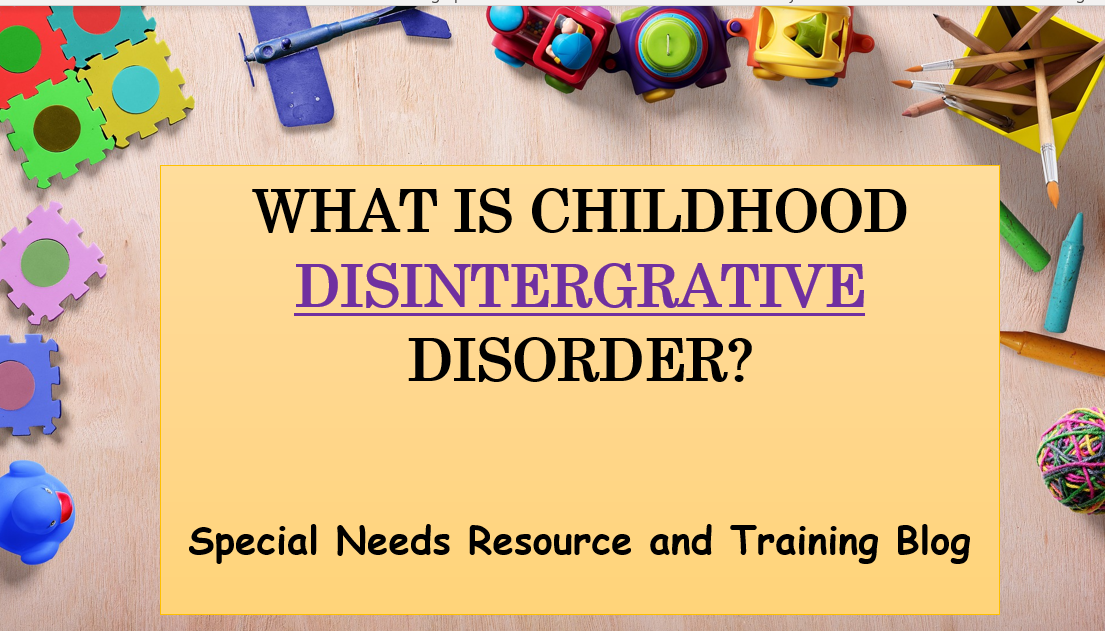What is Childhood Disintegrative Disorder?
Did you know that Childhood Disintegrative Disorder is considered part of Autism Spectrum?
Childhood Disintegrative Disorder (CDD) is a condition where a child develops normally and achieves appropriate milestones up to the age of 4 and then begins to regress in both developmental and behavioral milestones and lose the skills they already learned. with a loss o skills plateauing around the age of 10.
Childhood Disintegrative Disorder is rare. It affects 1.7 in 100,000 and affects males at a higher rate than females. It is also known as Heller’s Syndrome and Disintegrative psychosis. The causes are unknown but may be linked to issues with the brain and nervous systems with some researchers suggesting it is some form of childhood dementia.
First discovered by Dr. Theodor Heller in 1908, Dr. Heller began publishing articles on his observation of children’s medical history in which he reported that in certain cases, children who were developing normally began to reverse at a certain age.
Signs and Symptoms
Children begin to show significant losses of earlier acquired skills in at least two of the following areas:
- Lack of play
- Loss of language or communication skills
- Loss of social skills
- Loss of bladder control
- Lack of motor skills
The following characteristics also appear:
- Social interaction
- Communication
- Repetitive interests or behaviors
Due to the small number of reported cases, it is included in the broad grouping of autism spectrum disorder in DSM-V under pervasive developmental disorder (PDD). Although grouped with the autism spectrum disorder diagnosis, there are distinct differences. For example, children with CDD were more likely to be diagnosed with severe intellectual disability, epilepsy and long term impairment of behavior and cognitive functioning.


